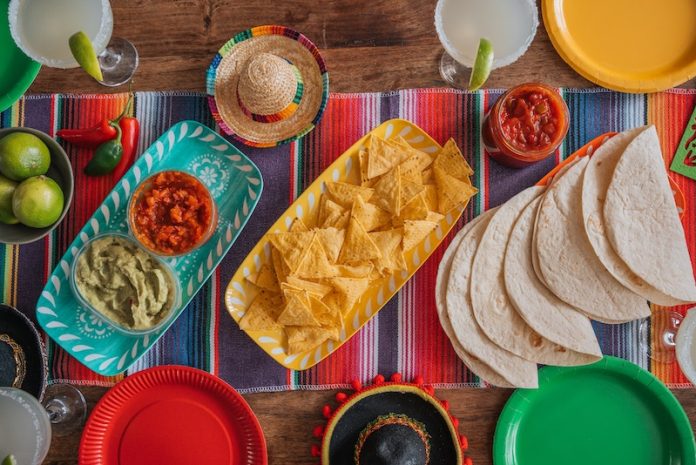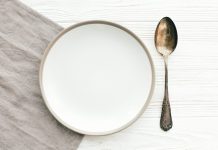
Do you ever feel like you see food everywhere online? Whether it’s on Instagram, Facebook, or even ads that randomly pop up, the internet is like a huge online kitchen.
Why are there so many food pictures online? Well, a lot of times it’s to make us crave that food. So, if you see a tasty-looking burger from McDonald’s on your Instagram feed, it’s supposed to make you say, “Hmm, I want a burger now!”
But wait a minute, something interesting has just been discovered by scientists at Aarhus University.
They found that seeing pictures of the same food over and over again can actually make us feel full, not hungry. Let’s find out more!
Who Are the Researchers?
This discovery was made by a scientist named Tjark Andersen. He recently finished his Ph.D. at the Department of Food Science at Aarhus University. Tjark and his team conducted some cool experiments for this study.
So, How Did They Do It?
In their experiments, they showed people the same picture of food 30 times. They found that those people felt more full after seeing the food picture so many times.
Plus, those people also chose smaller food portions than those who saw the picture fewer times. That’s really cool, isn’t it?
How Can Pictures Make Us Feel Full?
It might sound weird, but it’s all about our brain! How we think about food really affects how hungry or full we feel.
If you think a lot about eating a food, your brain reacts as if you are really eating it. This is what scientists call the “grounded cognition theory”.
For example, just by imagining biting into a juicy apple, our brain gets excited in the same way as if we really are eating the apple. This trickery makes us feel full without even eating anything.
What Makes This Study Special?
You might wonder, “Hasn’t this been discovered before?” Well, yes and no. Some scientists have known for a while that looking at food pictures can make us feel full.
But what makes this study by Tjark and his team special is that they figured out how many times we need to see a picture of the same food to feel full.
They also found out if seeing pictures of different foods changes how full we feel.
Does Seeing Different Foods Change Anything?
Interestingly, Tjark and his team discovered that seeing pictures of different foods doesn’t really change how full we feel. They tested this by first showing people pictures of orange M&Ms.
Those who saw the picture 30 times felt fuller than those who saw it only a few times. Then, they showed pictures of M&Ms of different colors and even Skittles, which taste different depending on their color.
The result? The different colors or flavors didn’t really change how full people felt. This tells us that it’s not just about the color or flavor of the food. There’s more to it.
Can This Help People Eat Less?
With so many people struggling with weight issues, this study could be a game-changer. What if we had an app that shows you lots of pictures of a food you want to eat?
You could look at lots of pizza pictures and feel full before you even take a bite. Sounds weird, right? But this could be a way to help control our appetite and make healthier food choices.
What About Social Media and Food Ads?
We see tons of food pictures every day, especially on social media. In fact, in 2016, a study found that young people saw an average of 6.1 food-related posts in just 12 hours! Most of these were about desserts or sweet food.
While the internet and social media can make us want to eat more, they might also hold a key to helping us feel full.
The Future of Feeling Full
So, will we one day trick our tummies into feeling full just by looking at our phones? Only time will tell. For now, this study gives us a new perspective on the power of food images and the role they play in how we eat.
Tjark Andersen’s research was published in a science journal called “Appetite”. Who knows, maybe one day you’ll be doing research like this too!
If you care about nutrition, please read studies that whole grain foods could help increase longevity, and vitamin D supplements strongly reduce cancer death.
For more information about nutrition, please see recent studies about natural coconut sugar that could help reduce blood pressure and artery stiffness, and anti-inflammatory diet could help prevent fatty liver disease.
The study was published in Appetite.
Copyright © 2023 Knowridge Science Report. All rights reserved.



